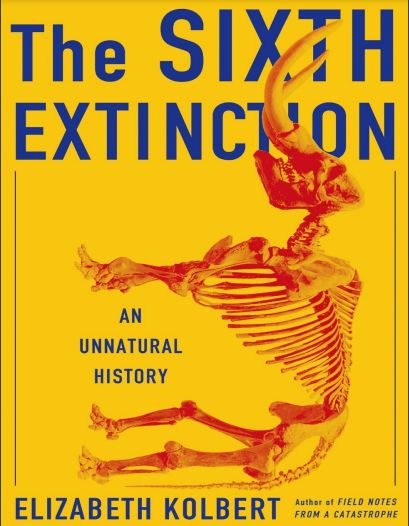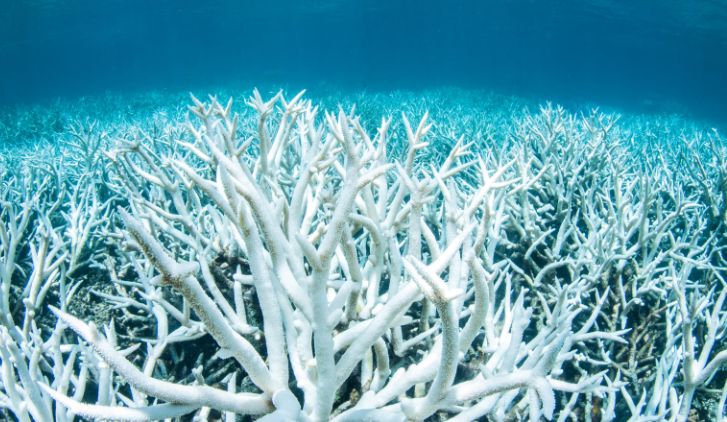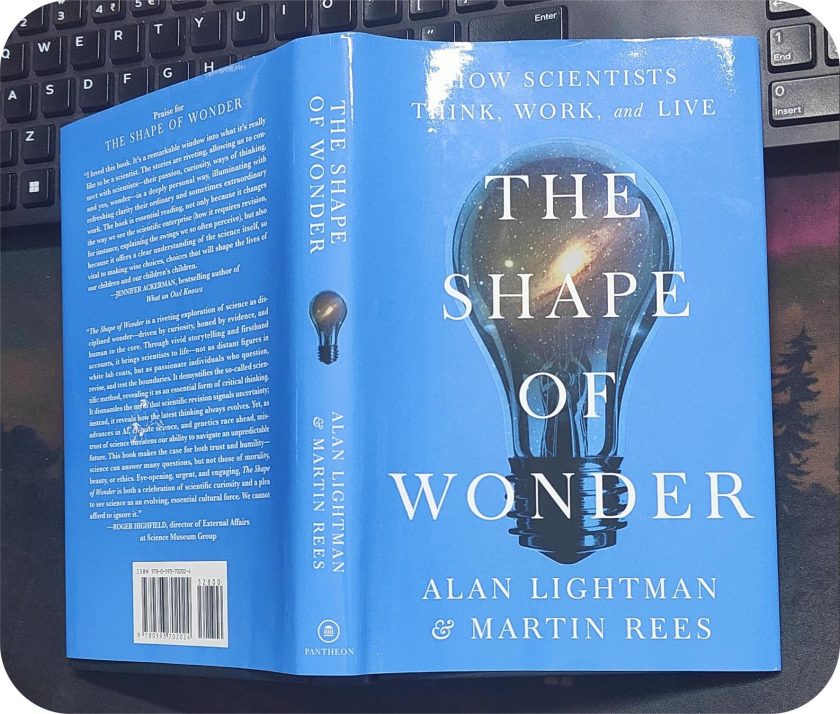
In The Sixth Extinction: An Unnatural History, Elizabeth Kolbert explores the current state of biodiversity loss and the role that human activities have played in causing it. Kolbert is an American journalist and author. She is the editor of “The Best American Science and Nature Writing 2009” and the author of “The Prophet of Love: And Other Tales of Power and Deceit,” “Field Notes from a Catastrophe,” and “The Sixth Extinction,” for which she won the Pulitzer Prize for general nonfiction in 2015.
The Sixth Extinction provides a detailed analysis of the evidence that humans have contributed to the current biodiversity crisis. The author offers insights from scientific disciplines, and into the ways in which humans are altering the natural world.
Did extinction occur gradually?
She argues that we are in the midst of a sixth mass extinction event, caused by human activity, which is unprecedented in the history of the planet.
Prior to the work of Georges Cuvier and his contemporaries in the late 18th and early 19th centuries, the idea of extinction was not widely understood in the scientific community.
Cuvier’s studies of fossils and his development of the theory of catastrophism, which posits that mass extinctions occur due to sudden, catastrophic events, played a key role in advancing the understanding of extinction.
However, Kolbert mentions, that Cuvier believed that extinction occurred gradually over long periods of time, rather than as a result of human activity or other sudden factors.
Human-induced extinction
Charles Darwin’s work on evolution and natural selection, which he published in 1859 under the name, “On the Origin of Species”, also did not initially address the issue of human-induced extinction.
It was not until the late 19th and early 20th centuries that scientists began to recognize the role that human activity played in driving species to extinction. In fact, Alfred Newton’s work on the great auk and other conservation efforts in the late 19th century helped to advance this understanding.
However, it was only in the decades following Newton’s work that the full extent of human impact on extinction became clear, particularly in the wake of mass extinctions such as the extinction of the passenger pigeon in North America.

Catastrophic events caused mass-extinction
Walter Alvarez and Luis Alvarez in the 1980s, postulated the theory of an asteroid impact leading to the extinction of the dinosaurs. It is now widely accepted, and their work has helped to establish the field of impact cratering as an important area of research.
The idea of mass-extinction events has also gained wider acceptance, with scientists recognizing that catastrophic events such as asteroid impacts, volcanic eruptions, climate change, temperature and pressure can have a profound impact on the diversity of life on Earth.
Environmental changes
Sudden changes in the environment are also responsible for extinction of some species. For instance, the brown tree snake was accidentally introduced to Guam in the 1940s and has since wiped out many bird species on the island.
Similarly, the introduction of the fungal disease chytridiomycosis to various frog populations has caused a significant decline in frog species around the world.
Humanity’s attempts to manipulate environment
In addition to sudden changes in the environment, human activities such as habitat destruction, pollution, and climate change are also contributing to the current wave of extinctions.
Kolbert points out that humanity’s attempts to manipulate their environments have contributed to the extinction or near-extinction of many different species.
The increased carbon dioxide in the atmosphere, caused by burning fossil fuels, is absorbed by the oceans and reacts with seawater to produce carbonic acid, which lowers the pH of the ocean and makes it more acidic.
This process, known as ocean acidification, makes it harder for calcifying organisms to build and maintain their shells and skeletons, which puts them at risk of extinction.
The loss of these species can have a cascading effect on the entire ocean ecosystem, as they play important roles in food webs and nutrient cycling.

Impact of climate change on biodiversity
Kolbert describes her travels to the Great Barrier Reef, located off the coast of Australia. During her visit, she meets with scientists who study the impact of climate change on the Reef. One of the main concerns they express is the effect of increased temperature and acidity on the diversity of life in coral reefs. Coral reefs are home to a vast array of marine life, and the loss of biodiversity in these ecosystems could have far-reaching consequences for the entire ocean ecosystem.
She also visits the tropical rainforests of South America, where she witnesses the incredible diversity of life that exists in these ecosystems. However, she also learns about the threat that climate change poses to this biodiversity.
Human travel and biodiversity crisis
Human travel and transportation across globe are another equally important reasons for the ongoing global biodiversity crisis.
Kolbert explains that with the advancement of modern transportation, humans have been able to transport species across the globe, often unintentionally introducing invasive species to new environments.
Invasive species can have devastating impacts on native ecosystems, outcompeting native species for resources and altering the ecological dynamics of an ecosystem. For example, the introduction of the cane toad to Australia in the 1930s had a cascading effect on the ecosystem, leading to the extinction of dozens of native plant and insect species that had not evolved defences against the toxic toad.
Invasive species tend to reduce biodiversity in the long run. By disrupting the delicate balance of ecosystems, they can have far-reaching consequences for the plants, animals, and humans that depend on those ecosystems for their survival.
Saving endangered species
Efforts to save endangered species, such as increasing reproduction rates, are important steps towards preventing the Sixth Extinction.
Large mammals such as the rhinoceros have been hunted by humans for thousands of years, leading to their decline and endangerment. This is not a new phenomenon, but rather a continuation of a long history of human impact on the natural world. In fact, it is likely that early human hunting played a role in the extinction of prehistoric creatures such as the mastodon and the giant sloth, which disappeared from North and South America around 10,000 years ago.
While some scientists debate the extent of human involvement in these extinctions, the evidence suggests that humans have been altering the natural world for thousands of years, and that this has contributed to the current biodiversity crisis.

Takeaway
The Sixth Extinction is saturated with abundant of information, backed up with research and interesting stories. Quite a thought-provoking read indeed.
I totally agree with Kolbert that the sixth extinction is not an inevitable or natural process, but rather a consequence of human behaviour. And it is happening at an alarming rate. An urgent action is needed to prevent the loss of countless more species.
Speaking of “urgent action”, the book ends with a hope that some part of humanity especially conservationists are doing efforts to protect the few endangered species.
I’d like to thank Elizabeth Kolbert for meticulously writing and surfacing correlation between climate change, species extinction and most importantly, the role of humans. It is a good book, highly recommend to those who’d like to think about the nature, and how we are shaping the environment where we live in.



